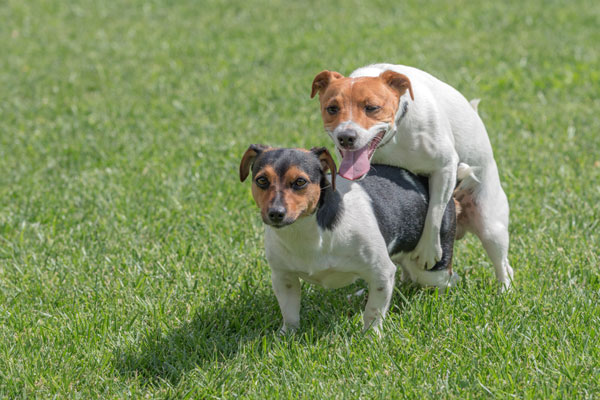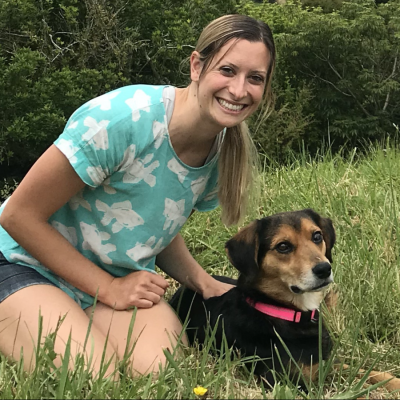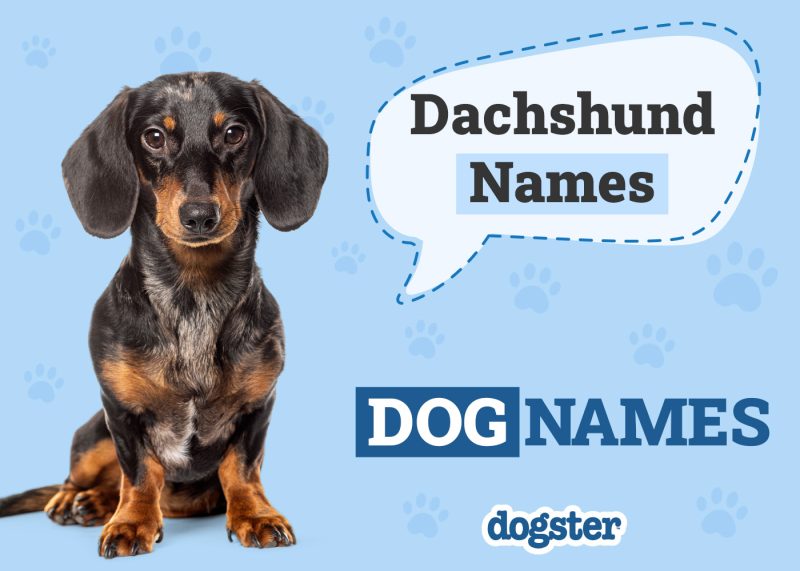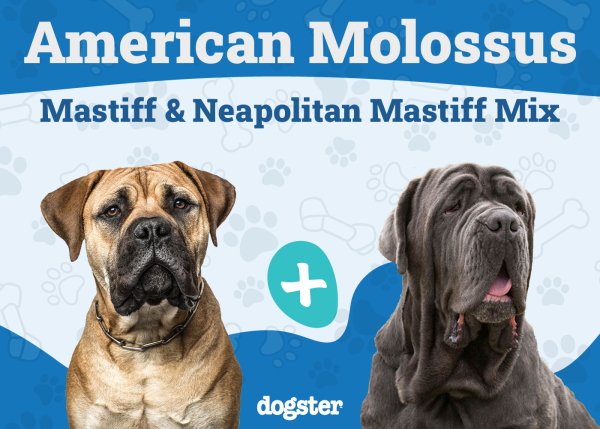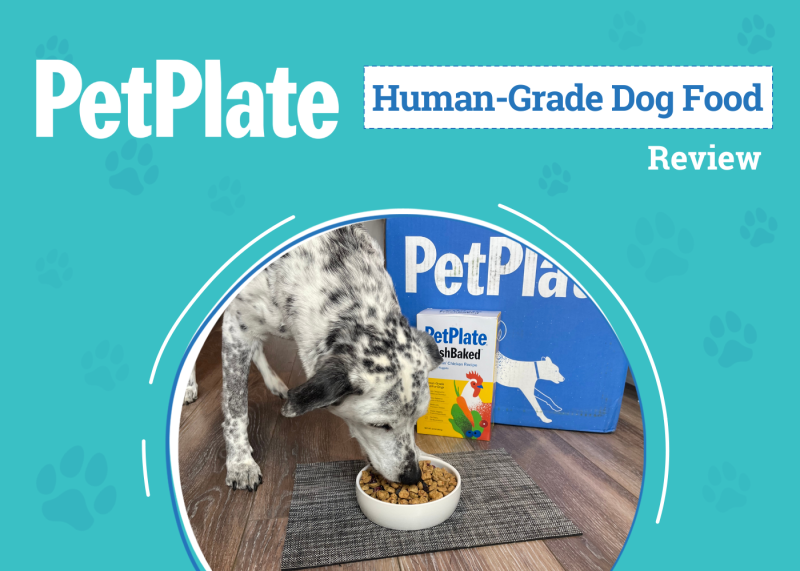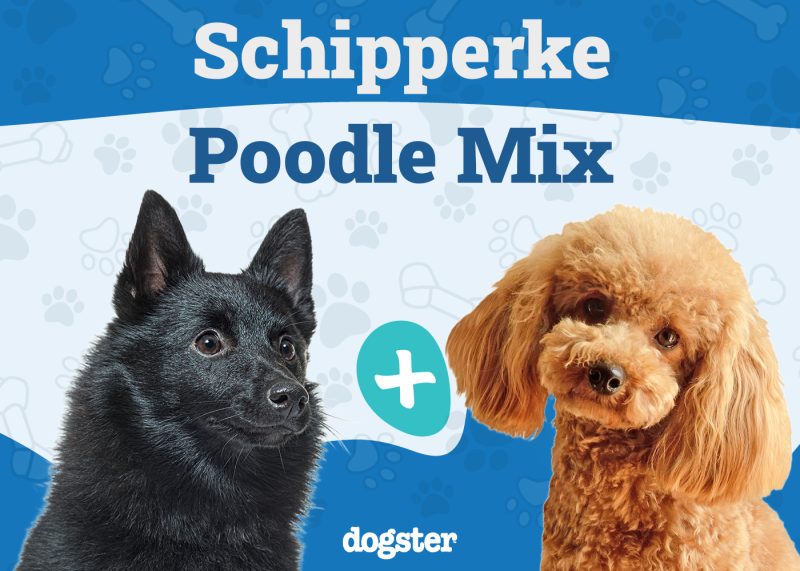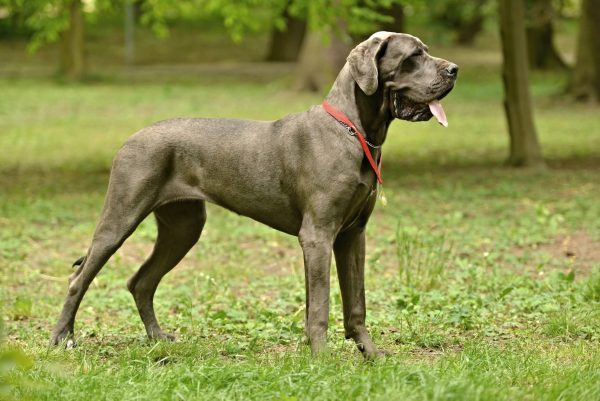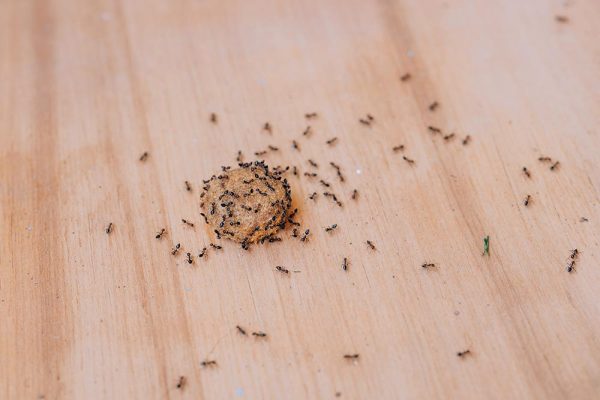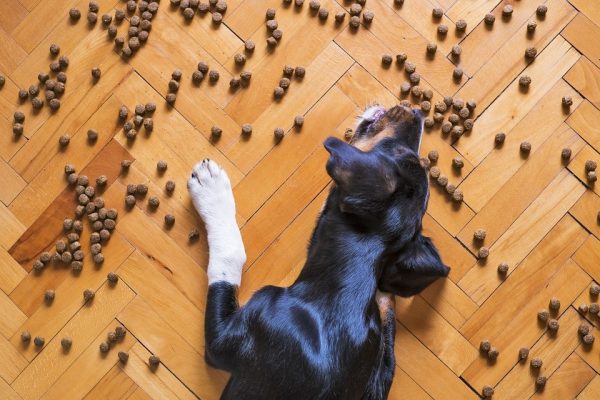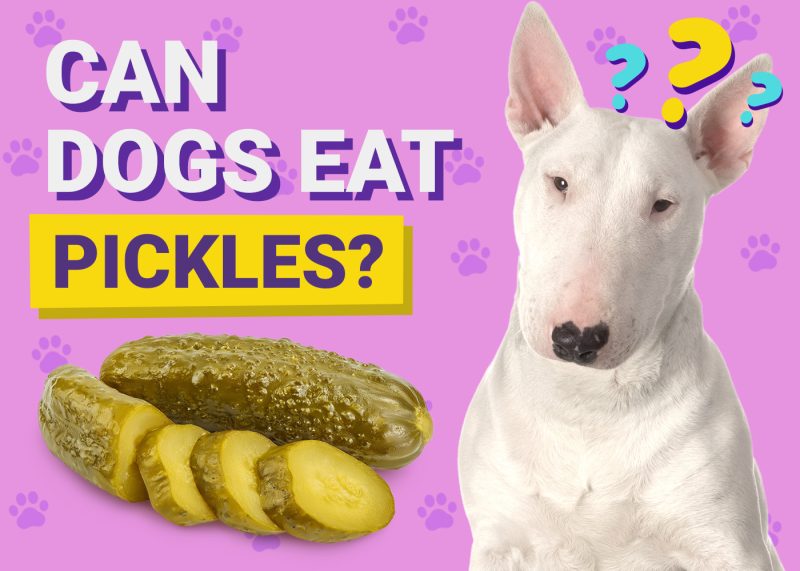After thousands of years of domesticating dogs, you would think humans would understand them. The nuances of a tail wag or head nod often fly over the casual owner’s head, and even some of the dog’s more blatant messages are shockingly easy to misinterpret. Mounting and humping is one almost anyone can get wrong.
Although it may seem entirely like a dominant or sexual behavior, there are other instances when it may occur. Here is what’s happening when dogs hump each other.

The 6 Reasons Why Do Dogs Hump Each Other
1. Excitement
Dogs express their joyous enthusiasm in numerous ways depending on their personality and the situation. For some, humping is a way of burning out overwhelming excitement and excess energy when playing or meeting other dogs. Some particularly energized dogs might bound around the room, play, and randomly hump another dog in a series of excited movements.
Humping in this manner often indicates a preference towards that individual and a desire to be with them. Although we might imagine it’s misplaced and off-putting when it happens, it’s more of a sign of endearment and an attempt to interact with another dog.
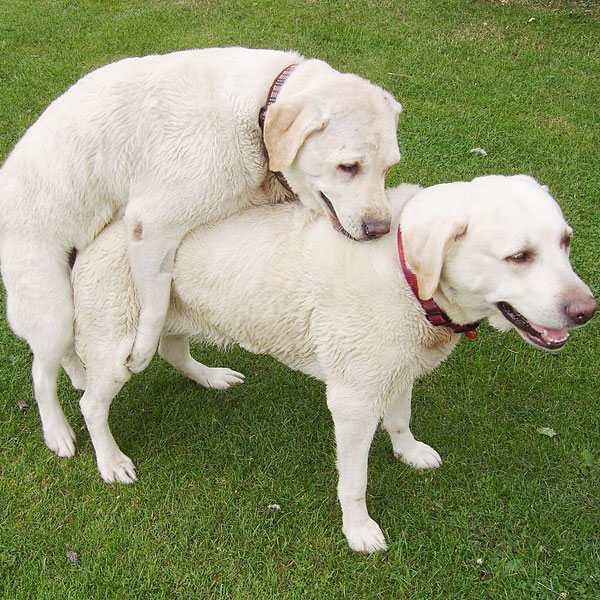
2. Attention-Seeking
Humping is a nervous reaction in some cases and a conscious effort in others. It could be a type of attention-seeking behavior to get the other party to notice them. Many will lay a paw on you, some will nudge with their heads, and others jump to humping when they need to grab your attention.
3. Play
Related to excitement, humping can occur during play among the dog’s varied repertoire. Mutual humping may happen, where one dog humps another dog before the two switch places or another one joins in. Humping in this context, along with the many other activities dogs engage in with each other, can be a part of their usual playful interaction. However, not all dogs like to be mounted, and it may lead to a conflict.
In social play, dogs incorporate actions from various social contexts. It has a practical function for the dogs’ physical health, mental and social development, and tolerance for the unpredictable, giving them a training ground for navigating situations outside play. Humping may also be a way for some dogs to assert their social status to others.
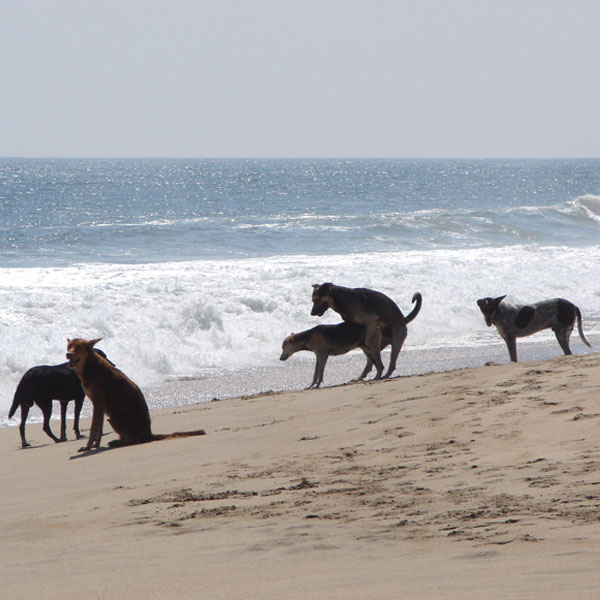
4. Anxiety
A dog humping another dog may also be a displacement behavior, a nervous habit that occurs during moments of anxiety or uncertainty. Stressful situations, such as an overcrowded place or a stranger entering the room, can cause anxious arousal, manifesting often as mounting and humping.
Stressed dogs may hump other dogs, people, or inanimate objects, like familiar toys or pillows. Although these bouts often are harmless and short-lived, anxious humping can be compulsive in some dogs.
5. Hormones
Humping can be sexual, of course, occurring when puppies reach sexual maturity, or long before as part of play. It’s particularly common if there is a female dog in heat. Neutering can reduce the occurrence of sex-related humping by up to 60%, but dogs can become used to the behavior and find comfort in it, causing them to continue humping long after desexing.
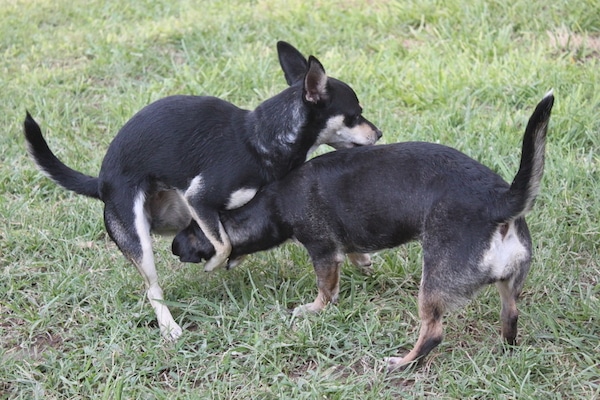
6. Possible Underlying Health Issues
Very rarely, an underlying itchy skin disease on the belly may cause dogs to rub on objects, which may appear as humping. A urinary or prostate issue may cause discomfort and pain, leading to dogs excessively licking their penile area, which could lead to excitement in some cases. These causes for humping behavior are fairly uncommon, but if there is any redness or discharge around your dog’s penile area or they are having difficulties urinating or defecating, along with blood in the urine, increased frequency of urination, or changes in the urine stream, it’s important to get them checked by the vet.

Do Some Dogs Hump More Than Others?
Despite it looking overtly sex-related, dogs of all ages, genders, and neuter status can mount and hump other dogs. Excited mounting and humping may appear as early as 2 months of age, but you may see it randomly start when they reach sexual maturity at around 6–8 months for smaller and medium breeds or as long as 12 months or more for large and giant breeds.
Although any dog can engage in humping, with much of the behavior being hormone and experience-driven, some dogs may be more prone to it. As you might expect, sex-related humping will typically decrease when dogs are spayed or neutered.
Their size may also play a factor. Small dogs appear more ready to mount and hump than larger dogs, possibly due to higher amounts of social stress and anxiety, from the behavior being more tolerated than it would be in larger breeds, due to safety concerns, or because of some breeds being more indulged by their human parents.
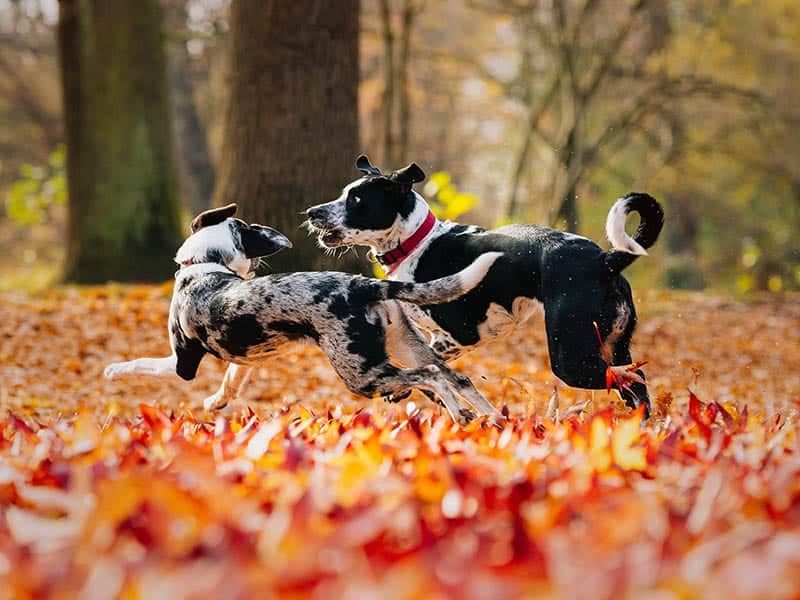
Should I Let My Dog Hump Other Dogs?
Humping is generally a perfectly natural behavior for dogs and sometimes contributes to their social development. But even if it occurs sporadically and the other dog doesn’t mind when it happens, our human social mores make it less than desirable. Humping in public is embarrassing for many owners and can often create an air of awkwardness with the other dog’s owner. Some dogs also do not accept being mounted and may react aggressively, leading to an unwanted conflict. Your dog might risk getting bitten if they mount the wrong dog.
In some instances, sudden rubbing and humping behaviors can also indicate a skin infection or itch, causing the dog to seek relief via mounting. You may need to follow up with your vet if your dog shows other signs of health issues, as discussed before.
The humping action itself can also cause painful abrasions against the dog’s body and may damage the penis. In some instances, if the dog is exhibiting humping behavior frequently, this may lead to a condition called paraphimosis, combined with other predisposing factors. This is when the penis is unable to return to the prepuce, causing swelling, dryness, irritation, and pain, and it may become a serious issue if not treated urgently.
How Can I Stop My Dog From Humping?
Like most behaviors, humping is easier to manage when you prevent it early. Many owners don’t realize they promote the behavior when dogs are puppies, sometimes allowing it because they think it’s funny. Then, the dog is suddenly an adult, and the humping is much less cute but also more challenging to stop. Neutering at a suitable time based on your vet’s advice and the dog’s age, breed, size, and personality will also play a major role in reducing this behavior.
Don’t punish your dog for humping since it may add to stress and worsen nervous humping habits. In most instances, humping another dog comes from excitement and play, but that does not make it any more acceptable. By giving your dog another outlet, you may be able to redirect them to something more desirable. Watch for signs that they’re getting ready to hump, and distract them with a toy or other game to keep the habit from developing.
Make sure you provide them with plenty of stimulating exercise, so they can use up any excess energy. Socialize them with other dogs from a young age so that they can learn how to behave appropriately. Remove any triggers for the behavior, such as it is a particular toy or piece of furniture.

Conclusion
Mounting and humping are generally normal and even expected behaviors in most dogs, but that doesn’t mean you have to allow it. It’s uncomfortable in social situations and not always well-accepted by the other dog. As with many undesirable behaviors, you can help your dog overcome these issues with neutering, enrichment, socialization, and training, ensuring a positive experience anywhere you go.
Featured Image Credit: Smit, Shutterstock
